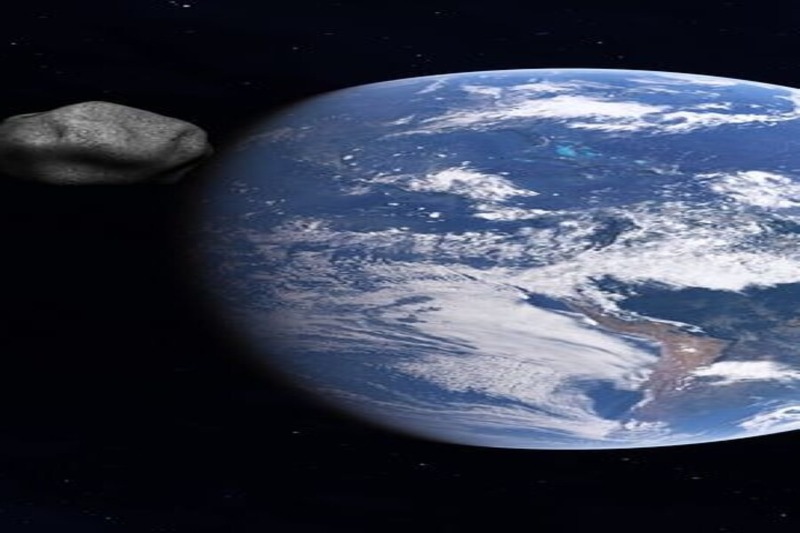NASA has responded to worries that this year’s potential asteroid strike could occur. This asteroid, designated 2007 FT3, was originally observed in 2007 but vanished from view within a day.
After investigating the matter, the National Aeronautics and Space Administration has offered information on whether or not to be concerned about any potential harm this “lost” asteroid may do.
Astronomers determined the asteroid’s orbit after it vanished from view following its 2007 observation, earning it the designation “lost.” It turns out that it does, as claimed by UNILAD, constitute a threat to Earth, which was the goal of this assessment.
This asteroid is listed as “lost” on NASA’s Sentry Risk Table.
It was added by NASA to the Sentry Risk Table, a list of objects that could collide with Earth. One of the 89 possible impacts identified by NASA’s Center for Near Earth Object Studies is scheduled for October 5, 2024, or a little over nine months from now.
Additionally, UNILAD stated that Earth has already survived 2007 FT3, as a possible impact date had arrived and passed in 2019.
The asteroid attracted attention because of this imminent probability because a strike might cause serious harm to a large area.
A NASA representative has clarified this heavenly danger in response to the worries. NASA told the Standard in a statement that Earth will not be threatened by any known asteroids within the next century.
According to the UNILAD report, the spokesman stated that NASA and its partners actively search the skies to find, track, and classify asteroids and near-Earth objects (NEOs), including those that may approach Earth.
It’s crucial to remember that asteroid encounters that fall within 30 million miles of Earth’s orbit are considered close approaches by planetary scientists. Furthermore, our planetary defense specialists find it easier to detect larger asteroids. According to a NASA representative, this implies that the orbits of larger asteroids orbiting the sun are typically well-known and understood for years or even decades.
The asteroid belt contains the majority of asteroids.
The asteroid belt, a region of space situated between Mars and Jupiter, is home to the majority of asteroids. They are, therefore, not exclusive to this area and are found across our solar system.
Some asteroids have orbits that bring them closer to Earth, even though the majority are located in the asteroid belt. We call these asteroids near Earth orbits (NEAs). Researchers study asteroids to learn more about the origins of the solar system.
Furthermore, programs like Japan’s Hayabusa2 and NASA’s OSIRIS-REx have been launched to investigate and even gather samples from these space rocks.





